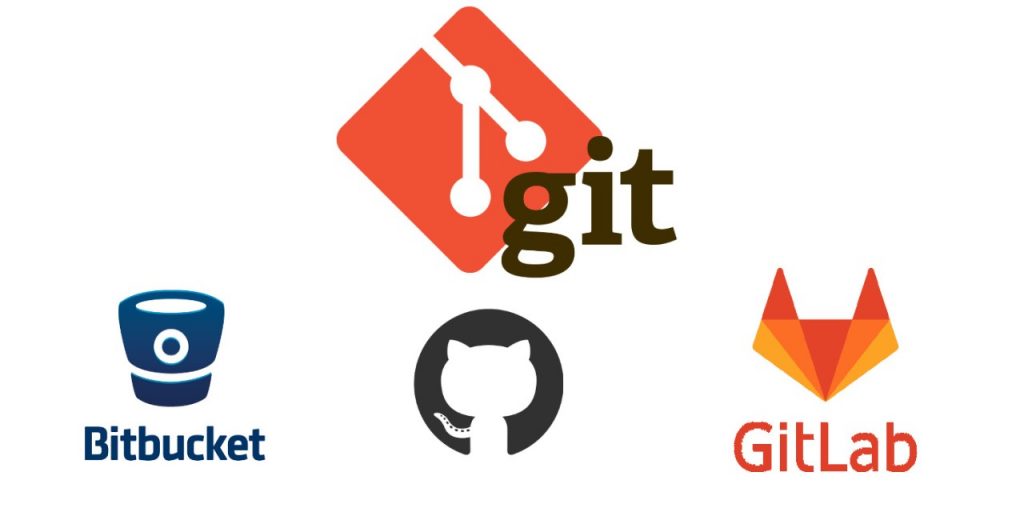Now Reading: Programming Languages Compared: Where Python, Go, and Rust Perform Best
-
01
Programming Languages Compared: Where Python, Go, and Rust Perform Best
Programming Languages Compared: Where Python, Go, and Rust Perform Best

1. Python, Go, and Rust: Breaking Down Their Strengths and Strengths in Different Scenarios—A Deep Dive into When Each Language Shines Brightest
Choosing the perfect programming language for your project often feels like navigating a maze — endless possibilities, and every recommendation seems to come with its own set of “but”. Don’t worry, though. There’s no one-size-fits-all answer here. Each language has its strengths, quirks, and scenarios where it genuinely outperforms the rest. To get a clear picture, let’s unpack Python, Go, and Rust — three popular contenders who each carve out their own space in the developer universe.
Python: Ease, Ecosystem, and Rapid Development
First up is Python — the friendly, versatile powerhouse of the coding world. Think of Python as the language that welcomes everyone: beginners, data scientists, web developers, automation tinkerers, and even AI enthusiasts. Its popularity isn’t just because it’s easy to read and write, but also because it boasts an insanely rich ecosystem. Libraries like Pandas, NumPy, TensorFlow, Flask, and Django make Python a dream for data processing, machine learning, web development, and automation alike.
What makes Python really shine? Speed of development and flexibility. If you need to whip up a prototype or automate a task, Python lets you do it in a fraction of the time you’d spend with more verbose languages. Its syntax reads like plain English, which minimizes the learning curve and accelerates coding — perfect for startups, hackathons, or projects with tight timelines. Plus, it’s dynamically typed, meaning you don’t have to fuss with a lot of boilerplate code around types, further boosting development speed.
However, Python isn’t about blazing fast performance. It’s a bit slow for number crunching-heavy, high-performance applications — which is why you’ll often see it as a glue language, orchestrating components written in faster languages. It’s best suited for scripting, automation, data analysis, or web services where development speed and ease of use outweigh raw performance.
Go: Minimalist Powerhouse for Scalability and Concurrency
Next is Go, or Golang, designed by Google with simplicity, scalability, and performance in mind. If you’ve ever worked on building a scalable backend or cloud-native application, Go is likely a language you’ve come across. One of its core strengths is its straightforward approach: a minimalistic syntax that’s easy to pick up, even for developers new to the language. It strips out complex features common in other languages, so you spend less time wrestling with language quirks and more time building.
But what really sets Go apart is its powerful concurrency model. With goroutines and channels, Go makes it almost natural to handle multiple tasks simultaneously — a must-have for scalable web servers, APIs, and distributed systems. Its built-in support for concurrency makes it far easier to write code that efficiently utilizes multiple CPU cores, avoiding the headache of threading bugs common in other languages.
Performance-wise, Go compiles down to native code, making it faster than interpreted languages like Python. It’s also known for its fast compile times and small, standalone binaries, simplifying deployment. Plus, the standard library is robust enough to handle many common backend needs without relying heavily on third-party libraries.
Rust: The Safety and Speed Marvel
Finally, there’s Rust, the newcomer that’s taken the programming community by storm. Rust’s main claim to fame is its focus on safety and performance, especially for system-level programming. It guarantees memory safety — preventing common bugs like null pointer dereferencing or buffer overflows — at compile time, without resorting to garbage collection.
Rust is ideal when you’re building performance-critical applications, like game engines, operating systems, or embedded systems, where control over hardware and safety cannot be compromised. Its ownership model might seem daunting at first, but once mastered, it provides a powerful way to write fast and safe code without the run-time overhead typical of languages with garbage collection.
While Rust’s learning curve is steeper than Python or Go, the trade-off is worth it for long-term projects that demand safety and high performance. Rust also offers excellent tools for testing and debugging, and its community is rapidly growing with a wealth of libraries (crates) for various use cases.
Bringing It All Together
When evaluating where each language shines, consider the key factors:
- Performance: Rust > Go > Python
- Ease of learning: Python > Go > Rust
- Development speed: Python > Go > Rust
- Ecosystem maturity: Python > Go > Rust (but Rust is catching up fast)
- Concurrency handling: Go > Rust > Python
- Safety features: Rust (memory safety) > Go (guarantees via static typing) > Python (relies on discipline)
Real-world examples abound: Python powers scientific research and data pipelines; Go handles massive web services like Google’s internal infrastructure and many cloud platforms; Rust is used in high-performance systems, like Mozilla’s Servo browser engine or the command line tools where safety and speed are critical.
Understanding these strengths helps you pick the right tool for the job. Whether you’re prototyping swiftly with Python, building scalable backends with Go, or architecting performance-critical systems with Rust, knowing each language’s ideal scenario ensures your project gets off on the right foot.
2. When to pick Python, Go, or Rust? Practical insights into choosing the right programming language based on project needs, developer experience, and long-term goals
Deciding which programming language to use often feels like standing in front of an overwhelming toolbox. Do you pick the familiar, user-friendly Python? The efficient, scalable Go? Or the powerful, safety-focused Rust? The right choice hinges on your project’s specific needs, your team’s familiarity with the language, long-term maintainability, and deployment environment. Here’s a practical guide to help you navigate that decision.
Scenario 1: Rapid Prototyping and Flexibility
Suppose your goal is to create an MVP (Minimum Viable Product), automate a repetitive task, or run data analysis quickly. Python is usually your best bet. With its straightforward syntax and extensive libraries, Python lets you translate ideas into working code faster than almost anything else. For data science work, Python’s dominance with libraries like Pandas, scikit-learn, and TensorFlow is unmatched. For web apps, frameworks like Django and Flask make getting started quick and straightforward.
Scenario 2: Building High-Performance, Scalable Backend Services
Are you developing a web server, microservice, or cloud-native application that must handle thousands of concurrent requests? Then, Go is usually the top pick. Its concurrency model, based on goroutines, makes it straightforward to spawn lightweight threads that work simultaneously without consuming much memory. This scales efficiently, which is essential in cloud environments where you might spin up hundreds or thousands of instances. Plus, its fast compilation and deployment (standalone binaries) save time in production environments. Not to mention, many cloud infrastructure tools and platforms are written in Go, making it an ecosystem with strong long-term support.
Scenario 3: System-Level Programming and Safety
Need to develop a custom operating system component, embedded device firmware, or performance-critical software where safety can’t be compromised? Rust is your ideal candidate. Its ownership system enforces memory safety at compile time, drastically reducing bugs that typically plague C or C++. Rust is perfect when controlling hardware, optimizing algorithms, or building applications where crashes and security vulnerabilities are unacceptable.
Considerations of Developer Experience & Ecosystem
- Learning Curve: Python is beginner-friendly; teams new to programming can start coding quickly. Go’s simple syntax appeals to developers seeking straightforward concurrency and deployment. Rust, though powerful, requires more investment upfront but pays off with safer, more performant code over time.
- Ecosystem Maturity: Python boasts the largest collection of libraries and frameworks, making it versatile for a broad range of applications. Go’s ecosystem is growing steadily, especially in cloud-native and microservices domains. Rust’s ecosystem is newer but expanding rapidly, especially in embedded, game development, and performance-critical areas.
Long-term Maintenance & Scalability
Choose Python if you need rapid development with easy readability, especially for startups or experimental projects. For systems expecting high concurrency and scalability, Go reduces complexity and development time in distributed environments. Rust shines for long-term, complex systems where safety, speed, and reliability are paramount, reducing future maintenance costs caused by bugs or security issues.
Final Tips
- Start with Python for initial proof-of-concept or data-heavy tasks. Its flexibility and rich libraries will accelerate your progress.
- Switch to Go when your project’s scope grows, and performance or scalability becomes a critical concern. Its simplicity will help your team build robust systems fast.
- Choose Rust for components where safety and speed are non-negotiable. Think device drivers, embedded systems, or parts of a larger system that require tight control over hardware and memory.
In conclusion, matching your project requirements with each language’s strengths—be it speed, safety, flexibility, or scalability—is the key to success. No matter which you pick, understanding these practical considerations will improve your development trajectory, reduce headaches, and ultimately deliver better software.

























